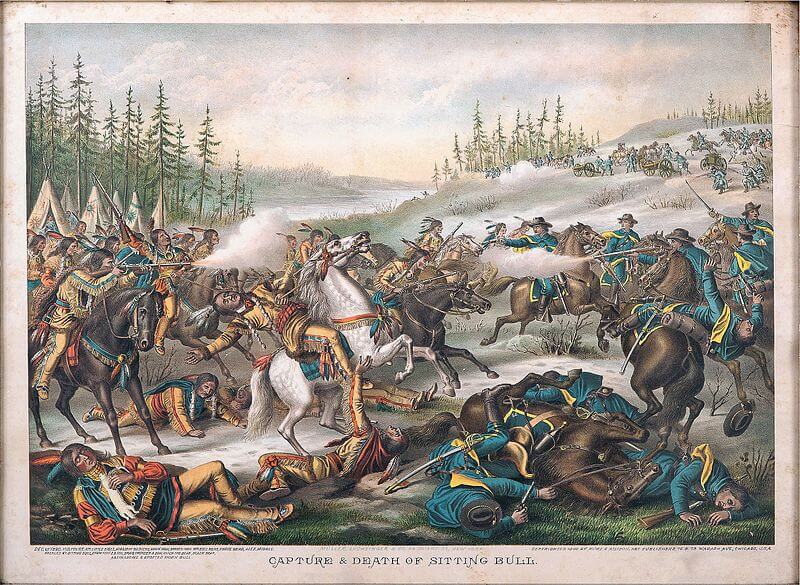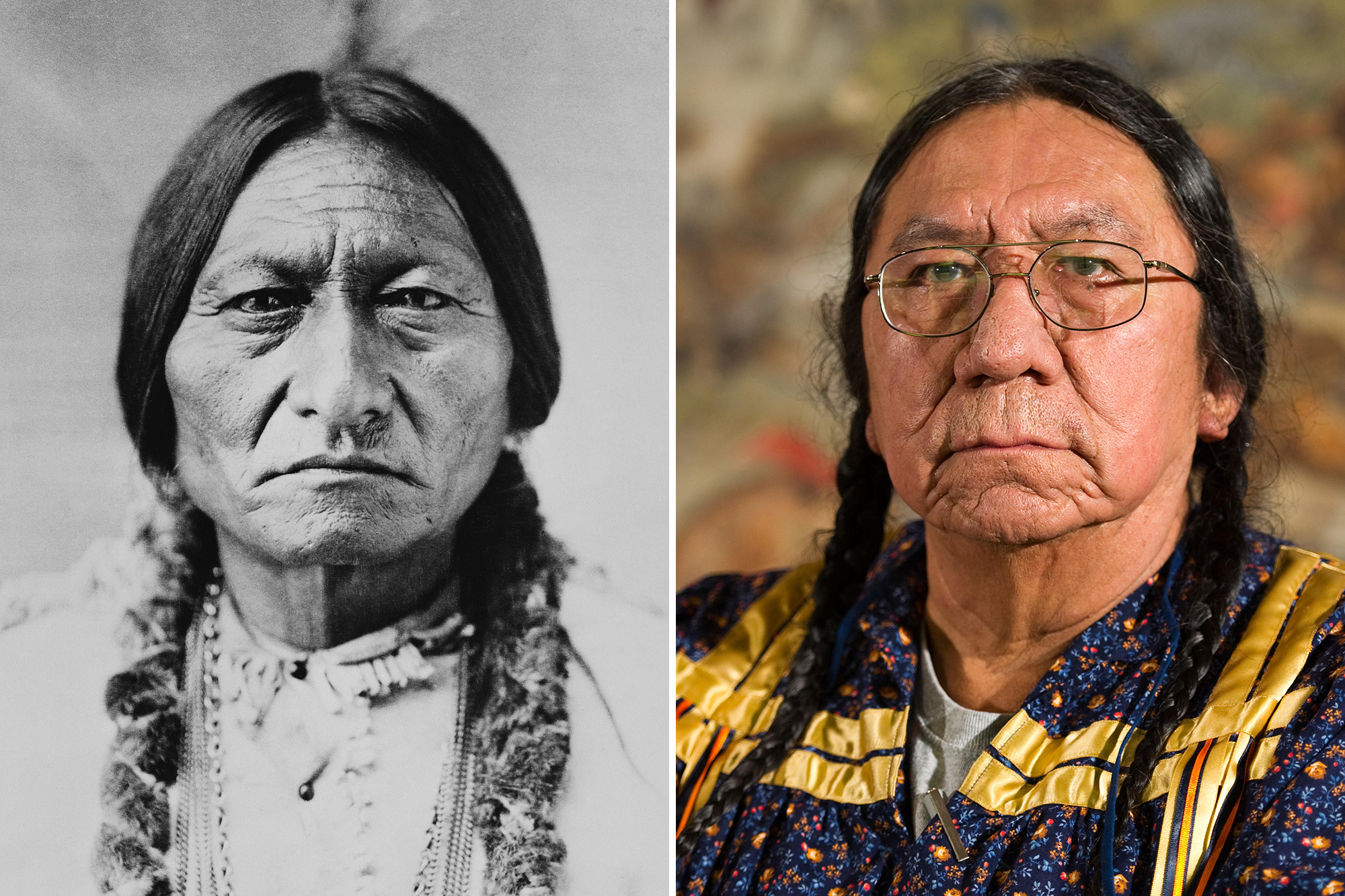Perfektní článek Romane.
Začátek 80.-tých let mám pevně spojen s Karlem Mayem. Troufnu si říci, že není v ČR padesátník, který by neznal Karla Maye a náčelníka jménem Sitting Bull.
Hrát si na indiány dle příběhu z románů, to je zkrátka klasika, to je naše mládí.
Siouxký náčelník Sitting Bull vstoupil do historie jako symbol indiánského odporu proti bílým osadníkům. Svým vítězstvím nad Georgem Armstrongem Custerem v Little Big Hornu v roce 1876 dal důležitý příklad v boji proti ničení domorodé kultury.
Paráda, díky. Moc dobrý článek.
Legendary Sitting Bull has a living great-grandson, identified by new DNA method
Categories: Nálezy nejenom s detektorem kovů v USA, severní a jižní Americe
The University of Cambridge and the Danish Geo Genetics Center Lundbeck Foundation have jointly developed a completely new technique for analysing relationships through DNA. The study has now been used to identify the relationships of Sioux Chief Sitting Bull and his great-grandson Ernie Lapointe. The incredible story, which began with an interest in an unusual souvenir...
Ernie and his sisters traced their maternal ancestry back to "Sitting Bull" Tatanka Iotank, leader and shaman of the Hunkpapa Lakota Indian tribe, who became most famous for his role in the Battle of Little Bighorn in 1876. Sitting Bull, whose father's Lakota name is "Tĥatĥáŋka Íyotake", was from his youth smart, strong, brave, and generous, the four most important qualities of the Lakota. At the age of ten he killed a buffalo, and at fourteen he won the first scalp of the enemy. He was a proud and free man who fought many battles not only with white soldiers but also with Indian tribes.
He fought and finally died for freedom when he was shot in a skirmish with the "Indian police" on December 15, 1890. An absurd moment more than 130 years ago has resulted in today's new findings: for before the burial, Surgeon H. removed Sitting Bull's head without any permission or authorization. Deeble at Fort Yates a lock of hair that bore a feather near the top of his head, as well as his leggings, which he kept as souvenirs. Both items were loaned to the Smithsonian Institution by H. Deeble six years later. The lock of hair remained there until 2007, when it was given back to the Lapointe family after more than 100 years. After repatriation, most of the hair was burned in a spiritual ceremony. However, a small piece was saved for possible future study.
Until now, the family relationship between the Lapointe family and Sitting Bull has been based solely on birth and death certificates, family trees, and a review of historical records. Many people have also disputed the legitimacy of the familial relationship. Genetic evidence, however, would provide an additional line of evidence and would strengthen the entire documentation.
When evolutionary geneticist Eske Willerslev of Cambridge University learned that a sample of Sitting Bull's hair was again in the possession of his relatives, he decided to contact them and subject the hair to a new method of DNA analysis. Subsequently, he and a team of collaborators were eventually able to extract degraded fragments of autosomal DNA from the hair sample, which contains the genetic material of both the mother and the father. They then compared the results with autosomal DNA samples from Ernie Lapointe and other Lakota Sioux, both related and unrelated.
The processing of the old samples was done at the Lundbeck Foundation GeoGenetics Centre Copenhagen laboratories in Denmark under strict procedures that exclude contamination with modern or amplified DNA. DNA was extracted from a small hair sample. The resulting analysis confirmed that the now seventy-three-year-old Ernie Lapointe is the true great-grandson of Sitting Bull.
With this new information, the Lapointe family hopes to reliably identify Sitting Bull's remains. In fact, there are two locations where he may have been buried: Fort Yates, North Dakota, and Mobridge, South Dakota, where Ernie suspects the chief's true final resting place. The chief's great-grandson hopes to live to see him moved to the dignified and culturally significant place that such an important figure in American history surely deserves.
Roman Nemec
Sources: archaeology.org, science.org

Ernie Lapointe - picture in the background Sitting Bull

A lock of Sitting Bull's hair

Sitting Bull with his family in 1881

Sitting Bull in 1883

Death of Sitting Bull in a coloured picture

Sitting Bull sample marked with an S on the sequencing data compared to the HGDP global dataset.

Ernie LaPointe and his three sisters are now the only known living descendants of the legendary Lakota warrior Sitting Bull
The article is included in categories:
- Archive of articles > Archaeology > Finds and rescue research abroad > Nálezy nejenom s detektorem kovů v USA, severní a jižní Americe
Post
Stingl by měl radost. Škoda že se toho nedožil.
Moc pěkně napsáno.

 dobry čtení
dobry čtení 









